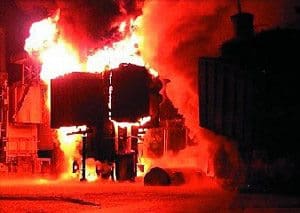 The risk of a catastrophic fire with a properly inspected, tested, and maintained transformer is small. Proper maintenance and thorough testing of the transformer will prevent or detect many events that could lead to explosion and/or fire.
The risk of a catastrophic fire with a properly inspected, tested, and maintained transformer is small. Proper maintenance and thorough testing of the transformer will prevent or detect many events that could lead to explosion and/or fire.
However, unforeseen events such as design defects, voltage surges, lightning strikes, structural damage, rapid unexpected deterioration of insulation, sabotage, and even maintenance errors can and do lead to transformer fires and the consequences can be severe. A transformer fire that involves several thousand gallons of combustible insulating oil can result in severe damage to nearby powerplant structural components such as concrete walls and damage or destroy electrical components such as nearby transformers, buswork, and circuit breakers.
If damage can be limited to only one unit, avoidance of outages on nearby units could save millions of dollars in forced outage losses.
Fire suppression may be justified on this basis alone. A transformer fire creates air pollution. In some locations, this environmental “cost” may be quantified because of potential fines. A suppression system not only suppresses fires early, it is a “good faith” demonstration in reducing air pollution. In some cases, a suppression system may be required by environmental laws.
Transformer water deluge fire suppression poses an environmental risk of its own. Water suppression in some plant configurations or water suppression if improperly applied, could increase pollution by washing spilled oil, burning oil, or other fire debris into the adjacent waterway. Properly designed and operating oil containment systems will reduce this risk as will the use of low-volume water fire suppression (mist systems).
Transformers and other electrical equipment such as capacitors and bushings may contain polychlorinated biphenyls (PCB). Current regulations forbid spilling any amount of PCBs into waterways, emphasizing the need for effective containment. In addition, electrical equipment containing PCBs must be properly labeled, managed in accordance with applicable regulations, and removed from service as soon as practicable.
An exploding transformer initially may throw insulating oil great distances, causing contamination in nearby waterways and other locations. This is almost impossible to contain given existing plant arrangements. If this risk is to be eliminated, complete relocation of the transformer would be required.
Obviously, there is no way to eliminate all risk and consequences of operating oil-filled transformers. However, using fire suppression systems to protect adjacent structures and equipment, while applying effective containment systems to reduce the environmental risk, is a reasonable approach to reducing transformer operating risks and consequences.

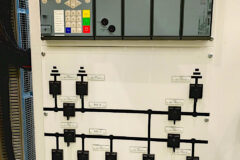

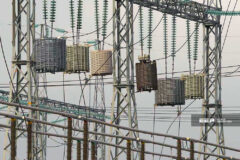


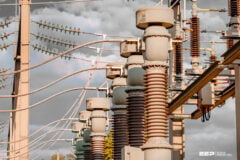
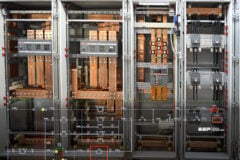
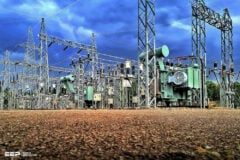
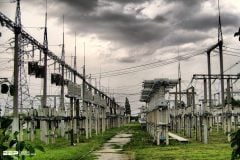

instead of water what are the other media used to extinguish transformer fire, Is expanding foam ok,we used it in 1980s.